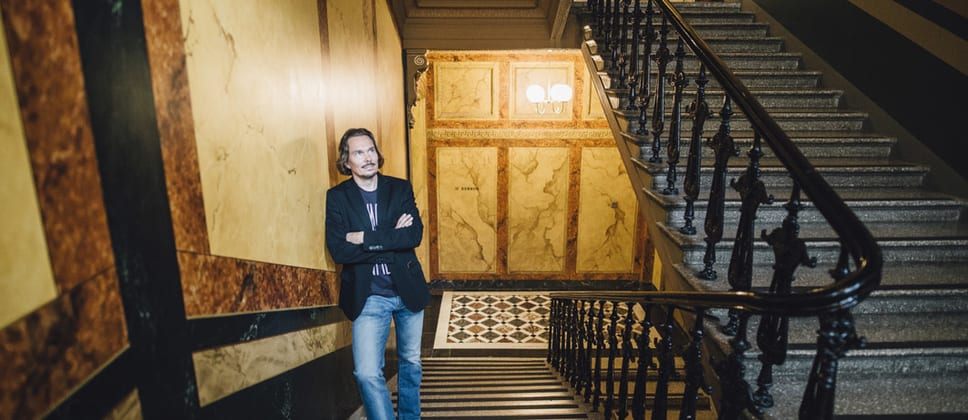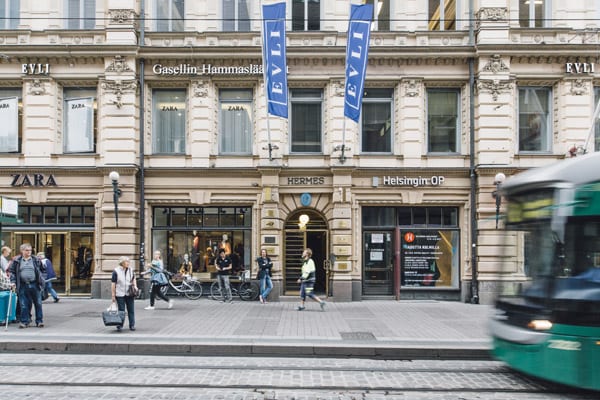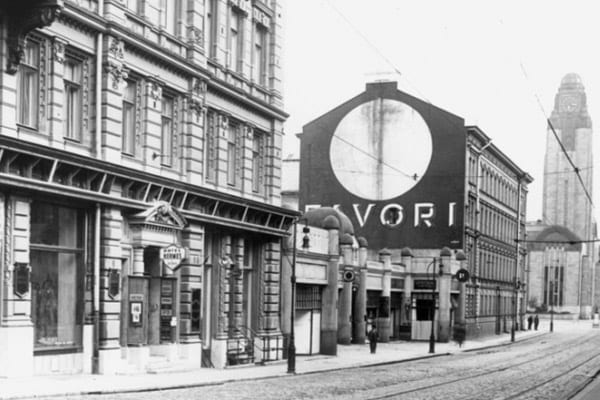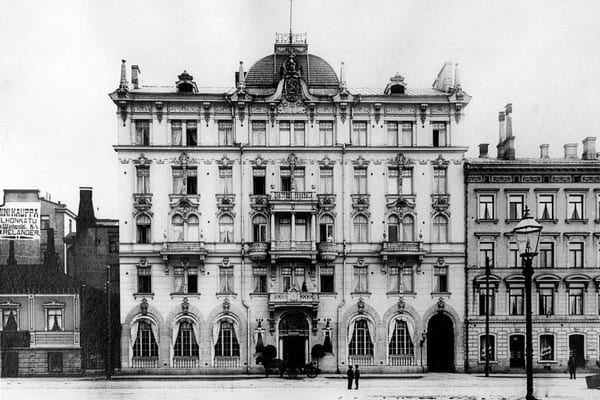
Sponda Legends open doors to 100 years of Finnish independence
Sponda plays a key role in preserving the cultural heritage of its high-value properties dating back more than a century. In the autumn, the Sponda Legends campaign showcases each of the 13 buildings and their stories for one week at a time.
Sponda is honouring Finland’s centennial by exhibiting valuable, more than 100-year-old properties under its ownership in the heart of Helsinki during the autumn.
The Sponda Legends campaign will be launched in the opening of Helsinki Design Week, starting with the first property: Aleksanterinkatu 19, the Hermes building. Researcher Petteri Kummalafrom the Museum of Finnish Architecture will provide his expertise and work as a guide to these long-standing properties.
“The architectural layers in the heart of Helsinki are quite thin, yet significant. There are few properties like these centenarians owned by Sponda, and they may be quite unique indeed. That is why it’s important to preserve and treasure them,” says Kummala.

All in all, Sponda owns 13 high-value properties dating back more than a century, built between 1870 and 1913. Each building has a story to tell. These stories are now being brought to the public through Sponda Legends.
One property per week will be exhibited from the beginning of September to the independence week. In autumn, walking tours guided by Petteri Kummala will also allow visitors to take a peek inside the buildings to marvel at the imposing stairwells and their history.
Buildings have stories to tell
The classic saying of old buildings being the memory of the nation may seem like a cliché unless you examine it a little closer.
“Architecture is so extensively connected to the fundamentals of being human that by examining it, we can learn what was considered high standard of living in the past and what working life used to be like. That, in turn, reveals a great deal about the ideals, values and society of that era,” explains Kummala.
Many of the old buildings in the centre of Helsinki were built out of wood and were destroyed by fires, among other things. After the wars, a number of old buildings were also demolished.

“The atmosphere after the Second World War was optimistic about development; the mindset of the time demanded demolishing old-fashioned buildings to make room for modern construction. In the 1960s and 1970s, people started to understand the need to preserve these century-old properties. Makkaratalo, for example, was originally supposed to stretch all the way to Aleksanterinkatu, replacing the high-value Hermes building, but the plan was changed and the beautiful Hermes remained in the Aleksi streetscape,” says Kummala.
The high-value properties owned by Sponda in the city centre have seen a great deal: the building of sobriety association Koitto, for example, was a politically important meeting place, and the Fennia building was a social hub in the early 1900s.
Balancing between the old and the new
According to Petteri Kummala, the protection of old properties is in a good place at the moment. Now, buildings representing more modern architecture are the ones under the microscope, facing the same scrutiny as the centenarian buildings in the 60s and 70s: what is so valuable that it needs to be protected?
The preservation of the concrete ledge of Makkaratalo and the current shopping centre Citycenter, for example, underwent heated discussion, after which the decision was to dismantle the access ramps of the building but preserve the “sausage” after which the building was named.
Old properties are a challenging renovation project as they are not museums but used as offices, apartments, and so on, making it necessary to remodel the facilities into a more modern and purposeful form.

Published 7.9.2017
